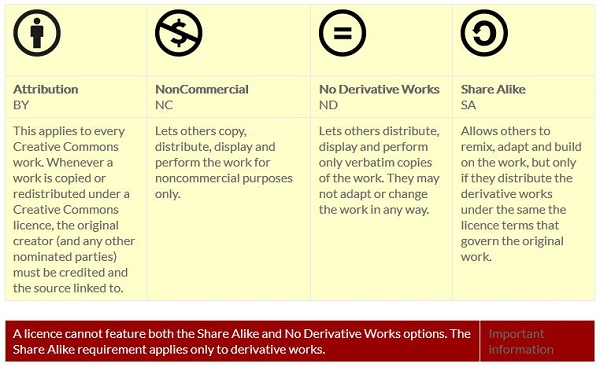Curriculum design for open education/Introduction: Key concepts and big ideas/Creating open educational resources (OER)
Creating open educational resources (OER)
This micro course is an example of an OER that has been created in line with key aims of the OER movement, seeking to:
- Create free, accessible learning opportunities using OER that can be shared, reused, reworked and redistributed
- Foster a community of exchange and mutual benefit, through which open educational practices are developed and enhanced
- Make use of open technologies and licensing approaches that optimally support the above e.g. Creative Commons.
Motivations for creating OER vary; there may be an absence of quality OER in your discipline, or there might be a need for updating the content of OER in rapidly changing fields. Learners and teachers are both potential creators of OER, with learning activities designed to support learners to use, adapt and create new artefacts. Possibilities for co-creation approaches are opened up by learners’ typically ‘native’ use of Web 2.0 technologies, and the availability of free tools.
To limit the time and resources involved in creating OER, the OER movement encourages evaluating and curating existing resources rather than designing and developing entirely new resources from scratch. One way to get started is The Open University’s unit Creating open educational resources. This unit also provides one example of a sequenced open course.
